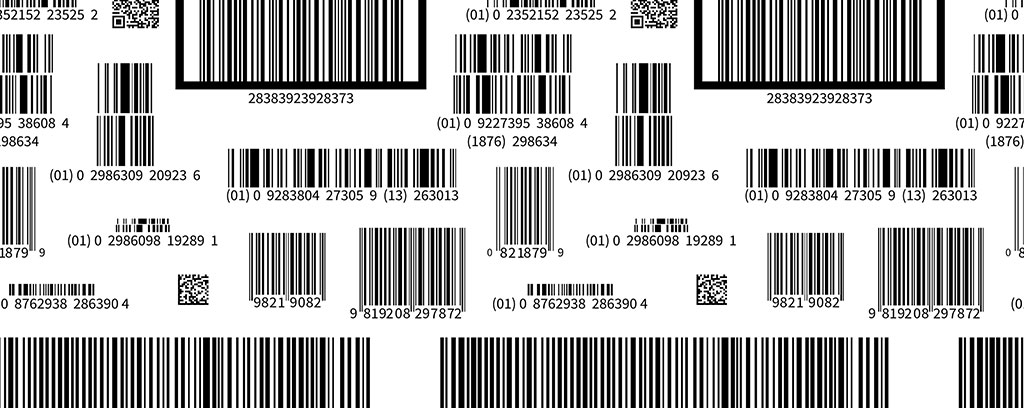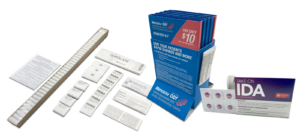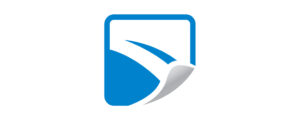Making the labeling case for SKU optimization

It’s not earth-shattering news, it’s not rocket science, it’s hardly a tough sell: Fighting SKU proliferation helps your business run better. Inconsistently organized product lines, overly prolific flavors lists or out-of-date policies towards inventory gets in the way of growth for business.
But achieving SKU optimization? Well, it’s not a walk in the park either: Purchasing, operations, marketing and customer research teams must all come to conclusions on where to trim the fat and where to keep investing. It calls for tough conversations both down in the weeds and at the 30,000-foot level — and these are tough conversations worth having.
In this article, we’ll argue the labeling case for SKU optimization and illustrate how smart inventory can ripple out into a smarter (and more cost-efficient) label spend.
The benefits of SKU optimization
When your product inventory is streamlined and organized in an optimal manner, you can:
- Speed up your printing timeline. Overly complex printing processes can lead to untenably long lead times when new labels are needed. This was the case with one cable assembly manufacturer, who had more than 250 different configurations each requiring its own unique packaging. Tactics like establishing color standards can optimize inventory (we condensed 70 SKUs down to just 21) and get rid of long lead times.
- Lower material costs. Ordering labels with different die shapes and color schemes may not seem like a major cost driver, but applying an optimization lens can uncover some not-yet-explored cost efficiencies. For example, one purveyor of nuts, peanuts and cashews standardized the die shape and colors for a family of products and ended up bringing down their costs not only from a material standpoint, but from a changeover (i.e. the production time it takes to switch out die cuts and colors) standpoint as well.
- Cut the cost of ordering labels for unprofitable products. One plastic container manufacturer faced this situation: A legacy product that remained in the system despite low sales volumes. The economies of scale just don’t play out in your favor: If a label order minimum of 1,000 costs $400 but you only need 150 for this low-volume product, your $0.40 per label cost just skyrocketed to $2.66 per label, or nearly seven times more expensive. See what products are ordered in small amounts and not moving off the shelves — you might save money by taking them out of inventory.
- Free up your internal team’s time. The less time your purchasing team spends resolving stockouts, tracking down items or handling miscounts in inventory from an untamed SKU list, the more time they can spend working toward their larger production goals and optimizing value for all of your product lines.
How to optimize SKUs
First, know your printing method (and make sure it’s the right fit)
Your printer is likely using either digital printing or flexographic printing to complete your order. Many factors go into determining which makes sense for what you’re ordering (read this article for a full digital vs. flexo breakdown), so you don’t need to change from one method to another to achieve SKU optimization.
But there is one factor that may make the case to switch: Whether you’ll be adding a lot of SKUs in the future.
With flexographic printing, adding more SKUs means more label variations, smaller run sizes and thus higher per-label costs. But with digital printing, label-by-label variation is possible (even for larger orders) and you can combine multiple label SKUs into one order as long as they are the same size.
So if you’re regularly releasing new flavors or expanding product lines seasonally, digital can help you save money and combat the costs associated with SKU proliferation. Essentially, if you’re going to add SKUs, do it the most efficient way.
Keep reading on to the next section for recommendations specific to each printing technology that can help with SKU optimization and overall more efficient label ordering.
Ordering efficiently with digital labels
- Use a common die shape and size where possible. This allows you to combine multiple SKUs into one order. And because per-label costs decrease as order quantity increase, this allows you to save money and combat the costs associated with SKU proliferation.
- Take advantage of variable data printing technology. Similar to the above tactic, this allows you to group labels for many SKUs into one order. Further, you can alter the graphics on every label to sell more through personalization and variety — think of Anheuser-Busch’s bottle labels featuring baseball and football team logos or randomized artwork to create one-of-a-kind bottles of gin. Read more here to learn about the possibilities with variable data printing.
Ordering efficiently with flexographic labels
- Once again, use common die shapes and sizes… Minimizing the number of plates is in your best interest with flexographic printing (paying less for the plates themselves, plus less changeover time). Using common die shapes helps drive printing efficiency (thus bringing label costs down).
- …and common colors, too. The time and resources (ink, stock) to perform color matching on flexographic printing presses will add up. This isn’t to discourage the use of colors for your labels. Rather, selecting a standard color scheme for a family of products (instead of a unique color or colors for individual items) can up the efficiency of your order. Additionally, ask your label printer how many colors their presses can work with so your design team can work this into their design sooner than later.
- Economical label sizing. This means maximizing the number of labels you fit within the width of the press. Something as simple as shaving a quarter inch off a label to fit five instead of four per sheet can translate to a much faster printing process — meaning you get your labels sooner.
SKU optimization is about planning
As mentioned earlier, battling SKU proliferation requires input from relevant stakeholders, from purchasing to marketing to operations.
Another relevant party with insight to share? Your labeling partner.
Our team will learn about your current label spend and share recommendations that improve efficiency while protecting your valued product image. Whether you need guidance or answers, we help you make informed decisions about the way you present your brand — because we love to watch it grow. Start a conversation now.
Tags:



